From Seed to Sprout: 11 Steps for a Lush Backyard Garden
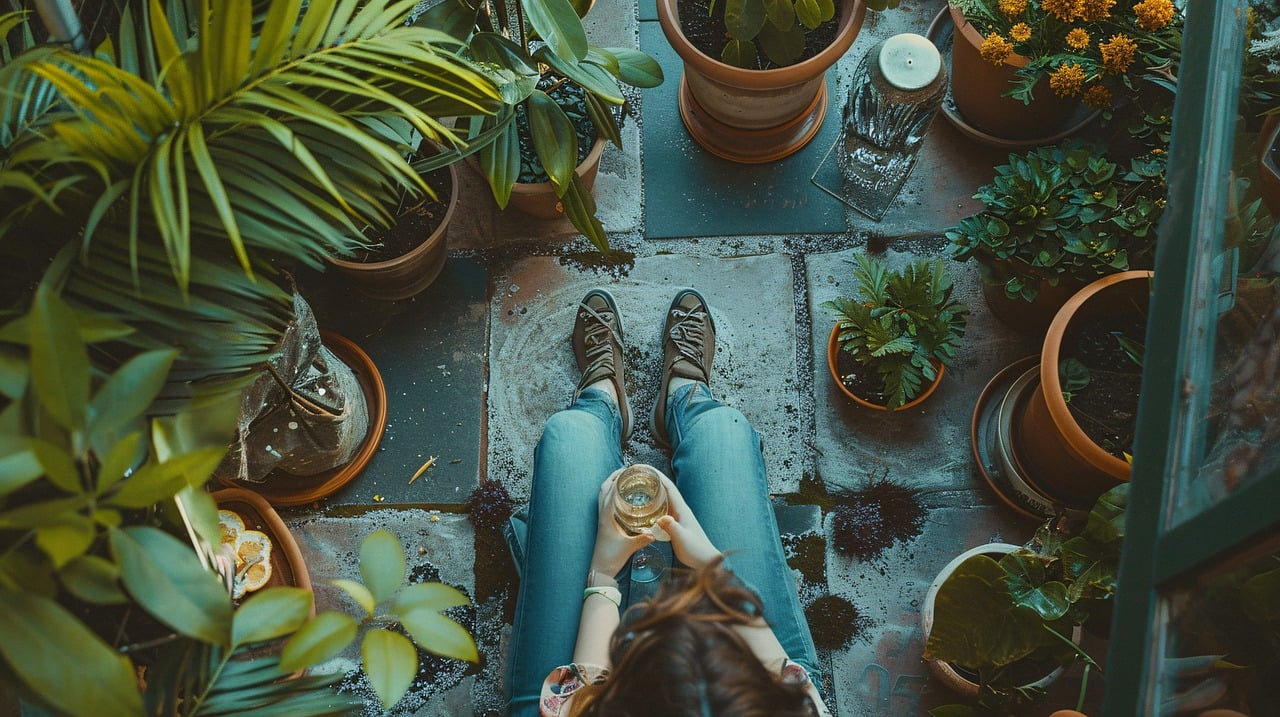
Are you dreaming of being a proud owner of a verdant backyard filled with a wide array of bountiful plants? Creating a lush outdoor space from scratch may seem daunting, but with the right approach and a little patience, you can cultivate a stunning garden that’s the envy of the neighbourhood. There is so much to gardening; looking at your plant grow from seed to sprout is relaxing and rewarding. A lush backyard garden might depend on various factors such as soil type, climate condition, and plant type you choose. So, take your pen and notebook out and jot down these 11 essential steps, and you’ll be well on your way to a thriving backyard paradise.
1. Analyse your surrounding
Before diving into gardening:
- Take your time to analyze your surrounding soil condition.
- Observe the sunlight exposure throughout the day, identifying areas that receive full sun, partial shade, or blotched light.
- Examine the soil type, drainage patterns, and any microclimates created by structures or landscape features.
Understanding these factors will help you choose the most suitable plants and determine the ideal garden layout. Understand your surroundings and what fruits, vegetables, flowers, and herbs can flourish in that condition; if you are confused, ask your local garden center for recommendations.
2. Choose your plant palette
Selecting the right plants is crucial for a lush, thriving backyard garden. Decide what you want to plant in your garden. When choosing your plant palette, consider your climate, sunlight exposure, and soil conditions. Design a garden that is beautiful and functions well, so opt for a diverse mix of textures, colors, and heights to create visual interest and a dynamic garden scape. Don’t be afraid to incorporate native plants, which are well-adapted to your local conditions and often require less maintenance.
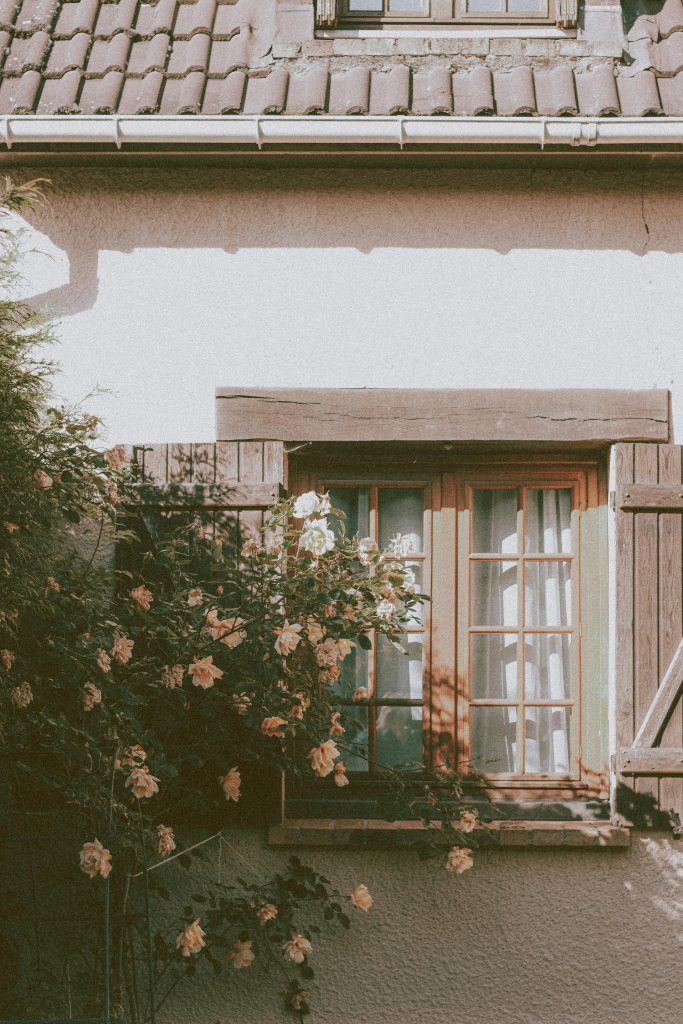
3. Prepare and test the soil
Healthy soil is the foundation to build a backyard lawn, providing plants with the nutrients and support they need to thrive. Before planting, test your soil to determine its pH level and nutrient content. Based on the results, amend the soil with compost, aged manure, or other organic matter to improve its structure and fertility. According to the test setup, what and where should you plant? If any toxins are found in the soil, consider planting edible plants on wooden raised beds. Proper soil preparation will ensure your plants have the best possible growing environment from the get-go.
4. How to make garden beds?
After choosing your plant palette and testing and preparing the soil, you must make garden beds for your plants. Rather than haphazardly scattering plants throughout your backyard, divide your garden into separate beds or sections dedicated to different types of plants. This will make it easier to maintain and care for each area and create a more organized and visually appealing garden. Steps for making garden beds:
- Clear the existing vegetation- Ensure you get the roots while pulling out weeds.
- Turn over the soil using a spade or a shovel.
- Mix compost- Mix 2-3 inches of compost or organic matter with the soil.
- Use mulch or a weed controller to stop the germination of weed seeds. (Remember, if you opt for a weed controller, you can’t sow seeds, as the chemicals can kill all germinating seeds. You can either plant an already-grown plant in pots or packs or wait for the chemical to break down to sow seeds.)
5. Decide whether to plant seeds or seedlings
Decide whether you want to start your plants from seed or purchase seedlings from a nursery. Starting from seed can be a more cost-effective and rewarding option, but it requires more patience and attention during the early stages of growth. Conversely, seedlings give you a head start on the growing season and often produce quicker results. You can visit the local nursery to buy young plants and look for solid and green plants.

6. How to plant?
We often make mistakes while planting; proper depth and initial watering are crucial for proper seed germination. If you decide on an already grown plant from a nursery, then make sure you are hardening off your plants. Nurseries or greenhouses are often moderated to suitable conditions for the proper growth of the plants. But to adjust it to your backyard garden life, you must follow a proper regimen. Hardening off usually takes 7-10 days, where you must gradually expose your plants to outside conditions. After they can survive outside, successfully plant them in your garden beds.
If you are planning to start from scratch and choosing a seed plantation
- Sow them at the proper depth written on the pack
- Do not compress the soil after sowing the seed
- Tap the soil firmly with your hand
- Water the plants when the surface seems dried out
7. Irrigation and pathways
Ensuring your plants receive the right amount of water is crucial for their health and vitality. In the initial stage, plants don’t need much water; make sure you are not overwatering them as it can rot the roots and hinder plant growth. It is essential to let the soil dry out between the intervals of watering sessions. Install an efficient irrigation system, such as drip lines or soaker hoses, to deliver water directly to the root zones of your plants. If you need clarification, when should you water your plants? Stick your finger 2 inches deep in the ground; if it feels dry or your plant is thirsty, your aim should be to keep the ground moist. Additionally, consider incorporating pathways or stepping stones throughout your garden to facilitate easy access and maintenance so you won’t accidentally trip and stampede your plants.
8. Mulch and maintain
Once your plants are in the ground, apply a layer of mulch around them. Mulch helps retain moisture, suppress weeds, and regulate soil temperature, creating an ideal plant-growing environment. Mulch also enhances the look of your garden. Building a backyard lawn comes with seasoning care, which means each season needs specific maintenance. Stay on top of regular maintenance tasks like watering, weeding, pruning, and pest control to keep your garden looking its best throughout the season.

9. Incorporate a vertical element
Maximize your garden space by introducing vertical elements like trellises, arbors, or obelisks for climbing plants. These structures provide support for vining plants and add visual interest and a sense of depth and dimension to your backyard oasis.
- Trellises are used to support climbers. Vining plants like climbing roses, clematis, and jasmine, and even certain vegetable crops like cucumbers and pole beans, can be trained to sprawl vertically up these structures.
- Arbors are free-standing archway structures that serve as stately entrances and connect garden areas. For a visual sensation, adorn them with wisteria, trumpet vines, or sweet peas.
- Obelisks are spire-like structures that are perfect for supporting heavy fruiting crops.
10. Maintain your garden regularly
Maintain and check your backyard garden regularly to ensure it stays lush and vibrant throughout the seasons. Make it a habit to water deeply and consistently, especially during dry spells – consider installing an automated drip irrigation system for effortless watering. Stay ahead of weeds by pulling them regularly when small, and apply a 2–3-inch layer of mulch to suppress growth. Pruning is the practice of selectively cutting branches, buds, or roots to promote healthy blooms and growth, removing any dead, damaged, or diseased foliage. Feed your plants with an organic, slow-release fertilizer in early spring, reapplying every 6-8 weeks. Don’t forget to deadhead spent flowers, edge beds for tidy boundaries, and stake tall plants to prevent flopping.
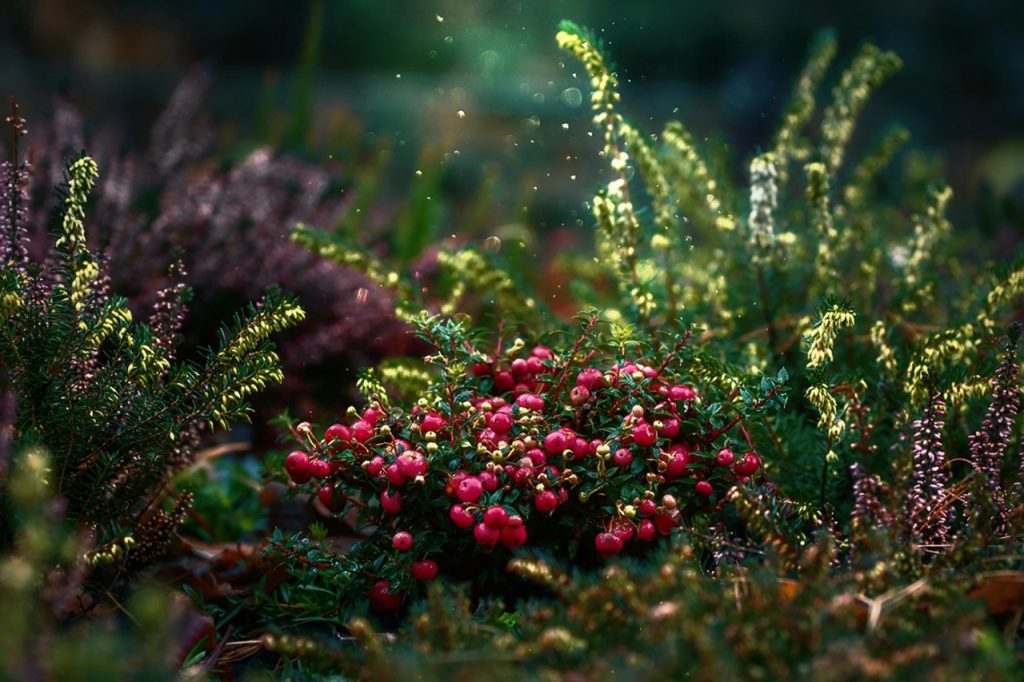
11. Create Cozy Outdoor Living Spaces
A garden should be beautiful and functional, and water and food sources such as bird baths, mini garden fountains, and bird and bee feeders should be installed to attract beneficial insects, birds, and other wildlife to visit your garden. These visitors not only add beauty and life to your outdoor space but also help maintain a healthy ecosystem by pollinating plants and controlling pests.
Remember to incorporate seating areas, pergolas, or other outdoor living spaces into your garden design. These delightful spots will help you admire your hard work and increase your appreciation for nature. Whether it’s a cozy reading nook surrounded by fragrant blooms or a shaded dining area with a view of your vegetable garden, these spaces will enhance your overall gardening experience.
Conclusion:
Creating a backyard garden where everything thrives takes time, effort, discipline, and the ability to improve whenever needed, allowing your garden to grow. Consistent maintenance like weeding, pruning, fertilizing, and general upkeep will prevent issues from spiraling and keep your garden looking its best with minimum effort. Consequently, by employing these 11 guidelines, you’ll be on your way to creating an attractive natural surrounding that will not only be beneficial to your home but also offer a sense of serenity, the possibility of fresh produce, and a more profound relationship with nature.
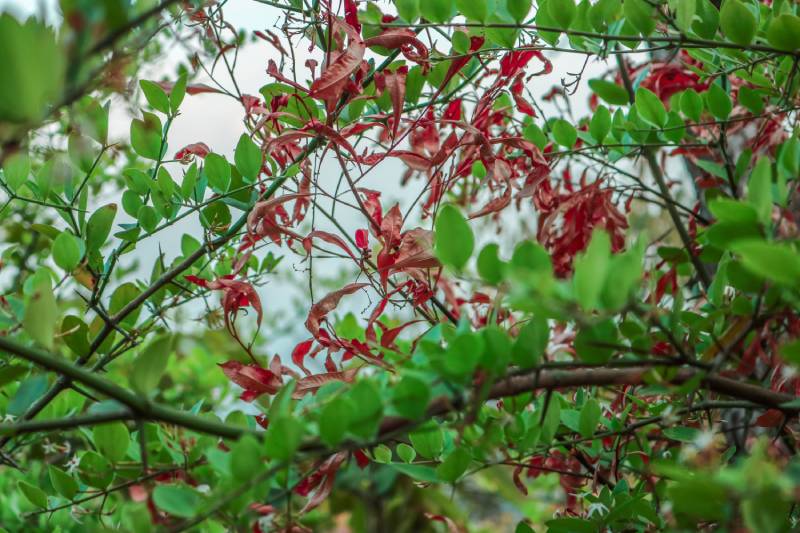
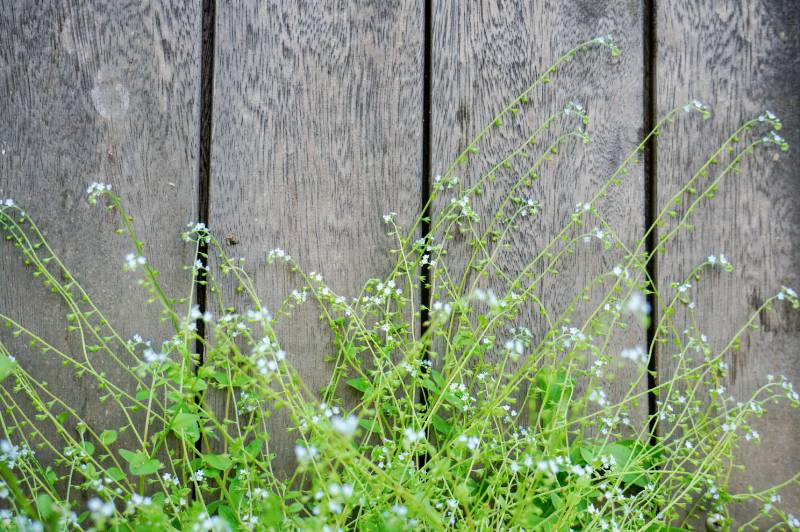
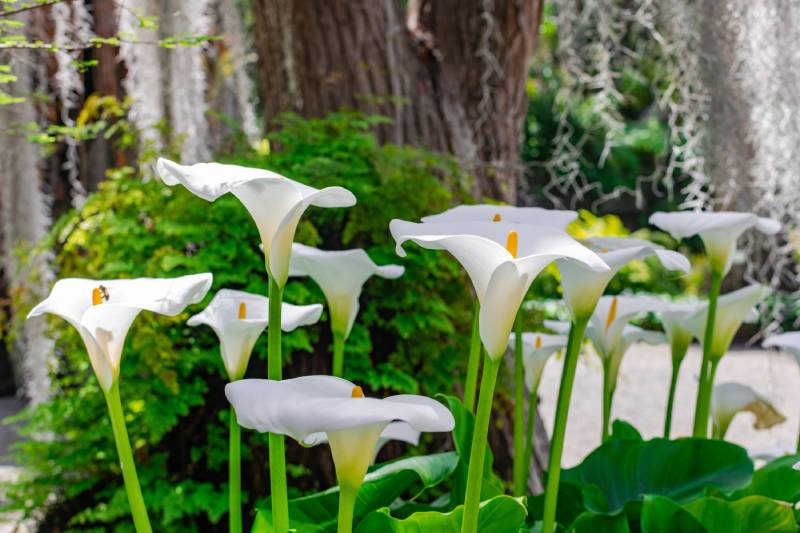
Leave a Reply